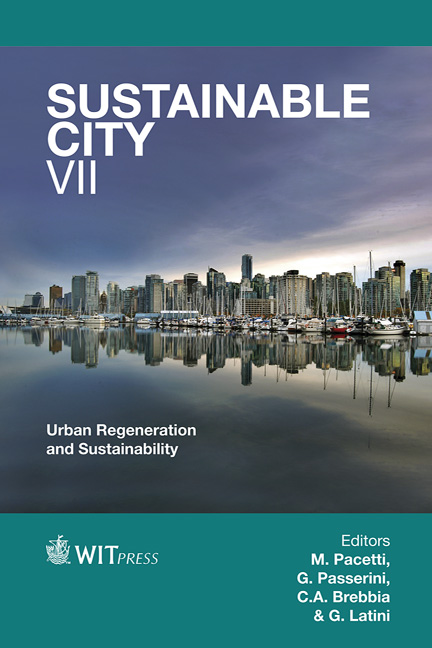An Ecology And Economy Combined Carrying Capacity Model For Sustainable Tourism Development
Price
Free (open access)
Transaction
Volume
155
Pages
11
Page Range
527 - 537
Published
2012
Size
665 kb
Paper DOI
10.2495/SC120441
Copyright
WIT Press
Author(s)
S. M. Lee
Abstract
In the present study, an ecology and economy combined model is presented for scientific and quantitative assessment of sustainable tourism development. In the ecological module, two contrast lines are introduced to estimate an ecological carrying capacity at their intersection: ecological damage loading line and recovery capacity line, while in the economic module, a market-based economical carrying capacity is determined at the intersection of marginal benefit of visitor consumption line and marginal cost of environmental goods line, which provides a maximum total net profit. To achieve a sustainable tourism management, the ecological carrying capacity should be enhanced to keep step with increasing demand of economical carrying capacity. Therefore, this study also presents a combined assessment process composed of D-P-S-I-R process of ecological assessment and D-B-M-P-R process of economical assessment based on the present combined model, and further discusses the social reduction of damage loading rate and the technical improvement of recovery capacity of ecosystem to allow the surplus capacity. As a case study, the proposed concept has been applied to Suncheon City in which the Suncheon Bay Ecological Park is located. The park is an extremely unique saltwater wetland in the Korean Peninsula and thus designated as a preservation area in the light of ecological regeneration and protection. Keywords: D-P-S-I-R, D-B-M-P-R, damage loading, recovery capacity, environmental goods, Suncheon Bay, ecology and economy combined.
Keywords
D-P-S-I-R, D-B-M-P-R, damage loading, recovery capacity, environmental goods, Suncheon Bay, ecology and economy combined.





